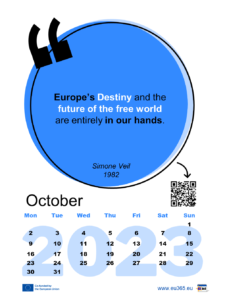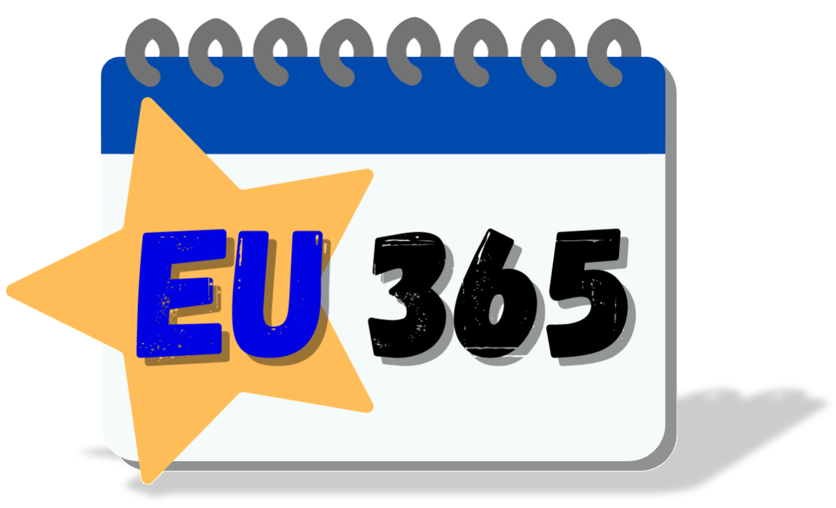FUTURE OF EU
 Learners will be able…
Learners will be able…
… to identify various challenges the EU is facing and understand the way they correlate to one another.
… to understand the historical background that has shaped the image of the EU.
… to recognize the interconnectedness of EU citizens and EU states.
… to reflect on the importance of and possibilities of active participation of all EU citizens.
You need:
- 20 minutes
- 2-25 people (no limit)
- Pen and paper (optional)
Instructions (Step-by-Step)
- Divide the learners into small groups. Give them 10 minutes to brainstorm ideas on the future of the European Union. Possible things to consider:
- How has EU evolved over time? How do they view further changes?
- What do they believe are some of the major challenges facing the EU? What do they find is the best way to tackle these issues?
- How do they feel about some of the long-term EU plans? What would they like to add to them, or change about them? Do they believe the current plan is taking into consideration the needs and wants of all EU members?
- What are their thoughts on how the EU is tackling some of its challenges (e.g., COVID crisis, migration crisis, energy and inflation, climate, digitalisation, security, defence, …)
- How do they view potential enlargement of EU (new countries becoming part of the EU)?
- What do they believe are some ways citizens of the EU can actively contribute to the change they want to see in the EU? How active are the learners themselves? What kind of measures can be taken to increase active participation?
- Discuss and reflect upon their ideas with the whole class.
Post Views: 790
